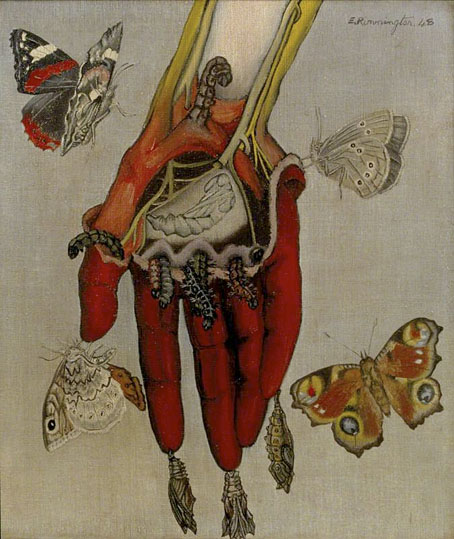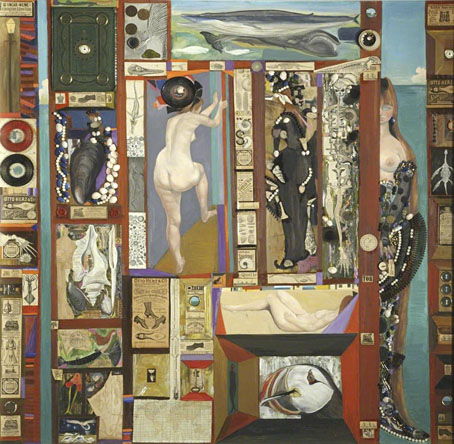The Crystal World by JG Ballard. An illustration by Virgil Finlay for the Summer–August 1966 issue of Things To Come, the Science Fiction Book Club mailer.
• At Blissblog, Simon Reynolds looks back on 20 years of limited-edition electronic music reissues by the Creel Pone label. (Previously.) A bootleg enterprise but a very worthwhile one since most of the reissues would otherwise remain deleted and largely forgotten. I thought the releases had finished years ago but it seems not, Discogs now lists over 300 of them.
• “Everyone recognized the brilliance of Robinson’s eventual script: they just didn’t want to make it.” David Cairns on the miserable magnificence of Bruce Robinson’s Withnail and I.
• Coming soon from Top Shelf: More Weight: A Salem Story, Ben Wickey’s illustrated account of the Salem Witch Trials.
• The tenth installment of Smoky Man’s exploration of The Bumper Book of Magic has been posted (in Italian) at (quasi).
• At Colossal: “A unique portfolio of Hilma af Klint’s botanical drawings communes with nature’s spiritual side”.
• At Nautilus: The Visual Language of Crystals—Chemistry becomes art in Thomas Blanchard’s timelapse video.
• At Unquiet Things: Supernatural field notes and incomprehensible eldritch frequencies: The art of Ed Binkley.
• See some of the entries from the 2025 Milky Way Photographer of the Year.
• New music: Instruments by Water Damage, and Reverie by Deaf Center.
• The Strange World of…Editions Mego.
• Strobe Crystal Green (1971) by Gil Mellé | Crystal Leaves (1983) by Ippu-Do | Crystalline Green (2002) by Goldfrapp





